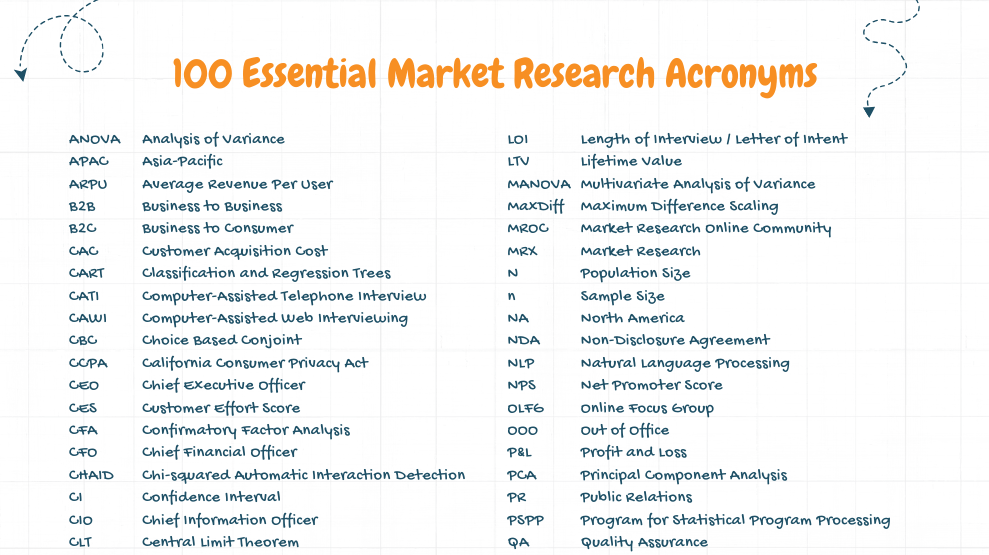Has anyone ever asked you “If you had a superpower, what would it be?” The answers tend to range from “invisibility” to “superhuman strength” to “teleportation”.
Did you know that as a market researcher you do have a superpower? You have the ability to “find the story in the numbers”. The ability to take a large amount of data and analyze it in order to provide actionable insights to your clients is not something everyone can do. A true research superpower!
That said, as researchers we know that when faced with a veritable mountain of data it can be difficult to determine exactly how to get started sifting and sorting and winnowing down to make sense of it all.
There are two different data analysis techniques (sometimes used in tandem) that can assist researchers in starting to break the mountain of data into more manageable chunks: cluster analysis and factor analysis. These statistical workhorses both have the same primary purpose: to reduce the amount of data while remaining true to the original results. Factor analysis is useful in investigating variable relationships for complex concepts, and cluster analysis explores what previously undefined groupings may exist in the dataset.
To use these techniques, it’s important to understand:
- When to use these techniques
- How to use these techniques
- How to ensure your questionnaire is set up to allow for performing factor and cluster analyses
- How to work with an analyst who may be assisting you with the actual statistical analysis
- How to accurately report out on the analysis results
In our upcoming course Introduction to Factor & Cluster Analysis, instructor Steven Struhl guides students through the topics above, as well as covering common applications for cluster and factor analysis such as market segmentation and customer satisfaction research.
It’s not often that business training makes you feel like a superhero, but in learning factor and cluster analysis, you’ll leave feeling like you can leap mountains of data in a single bound!












